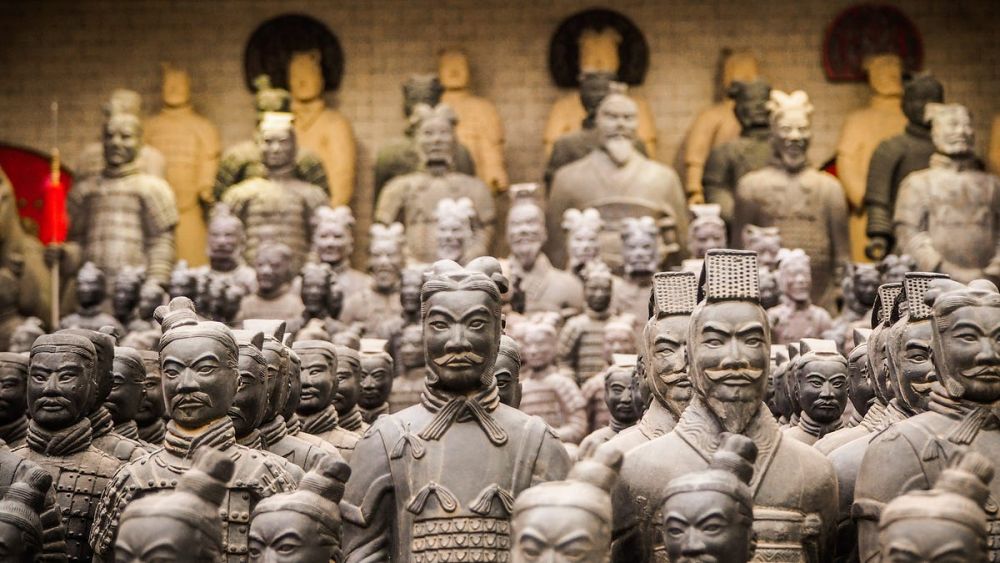

The discovery of the Terracotta Army in 1974 near Xi'an in Shaanxi province, China, is considered one of the most significant archaeological finds of the 20th century. This magnificent army was created to accompany the first Emperor of China, Qin Shi Huang, in his afterlife, and its unveiling has captivated the world ever since.
When local farmers stumbled upon fragments of terracotta statues while digging a well, they could not have imagined the scale of their find. Archaeologists quickly took interest, and excavation began, revealing thousands of life-sized terracotta soldiers, along with chariots and horses, all arranged in battle formation. What they had found was a small part of the larger mausoleum complex that was yet to be fully unearthed.
Initially, the discovery drew curiosity from academics and travelers alike. However, as the word of the Terracotta Army spread, Xi'an quickly transformed from a historic city into a tourist hotspot. By 1987, this site, also known as Emperor Qin Shi Huang's Mausoleum Site Park, was designated a UNESCO World Heritage Site, securing its status as an internationally acclaimed tourist destination.
The Terracotta Army has since become a symbol of China's historical heritage, with the site accommodating a state-of-the-art museum, the Emperor Qin Shi Huang's Mausoleum Site Museum, to educate visitors about the rich history behind the army and its emperor. The museum and excavation site draw millions of visitors annually who come to marvel at the ancient craftsmanship and the sheer scale of the emperor’s tomb complex.
In more recent years, tourism trends at the Terracotta Army site have seen an increase in digital engagement. Interactive tours, augmented reality experiences, and virtual reality stations have been implemented to enhance visitor's understanding and experience of the site. Additionally, the museum has adopted multilingual audio guides and mobile apps to cater to the growing international audience.
Sustainable tourism has also become a focus, with efforts being made to preserve the integrity of the site while accommodating the growing number of tourists. This includes managing visitor flow to reduce the impact on the terracotta figures and promoting responsible tourism practices. Tourists are encouraged to respect the site's rules to ensure its preservation for future generations.
For those planning to visit the Terracotta Army, it’s recommended to allocate ample time to fully appreciate the intricate details of each figure and the multitude of exhibits on display. Visitors can expect to be transported back in time as they wander through the site, learning about ancient Chinese history, warfare, and culture. Organized tours, which often include an expert guide offering historical context, are a popular choice to gain a deeper understanding of the significance of the Terracotta Army.
With its blend of rich history, cultural importance, and modern tourism amenities, the Terracotta Army continues to be a vital pillar in China's tourism industry, offering an unparalleled peek into the country's ancient civilization.